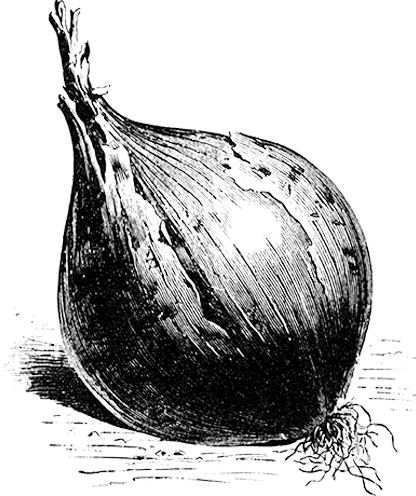Information
Salvia officinalis, belongs to the Labiate family and is originally from Southern Europe where green, motley and purple-coloured variants have been grown for a very long time. This is a perennial half-bush with grey-green leaves, usually. Sage plants should be pre-cultivated. Keep 25 cm between the plants! Cover the sage for wintering in the North and renew it after a few years. The rose-violet flowers are much appreciated by bees. Pick shoots and young leaves for cabbage-, lamb- and mutton dishes and also for salads and fish. The sage prefers to be the only seasoning in a dish and should never be mixed with other (h)erbs.
130 seeds/g. A portion contains about 100 seeds.
| Product number: | K525 |
|---|---|
| Scientific name: | Salvia officinalis |
| Botanic family: | The Mint family - Lamiaceae |
| Organic: | Yes |
| Lifespan: | Perennial |
| F1 Hybrid: | No |
| New variety: | No |
| Sowing time: | Pre-cultivate: April–May |
| Sowing depth: | 1 cm |
| Germination time: | 8–10 days |
| Plant spacing: | 25 cm |
| Row spacing: | 40 cm |
| Height: | 40–60 cm |
| Plant location: | Sun |
| Harvest/blooming: | July–September |
| Seeds/g: | 130 seeds |
| Heirloom variety: | Yes |
Cultivation advice
Sowing
Should be pre-cultivated indoors. Sow 1 cm deep in April and set out after the risk of frost is over.Spacing
Keep a mutual distance of 25 cm.Harvest
Pick shoots and young leaves for cabbage-, lamb- and mutton dishes and also for salads and fish. The sage prefers to be the only seasoning in a dish and should never be mixed with other herbs.Seed
130 seeds/g.A portion contains about 100 seeds.
